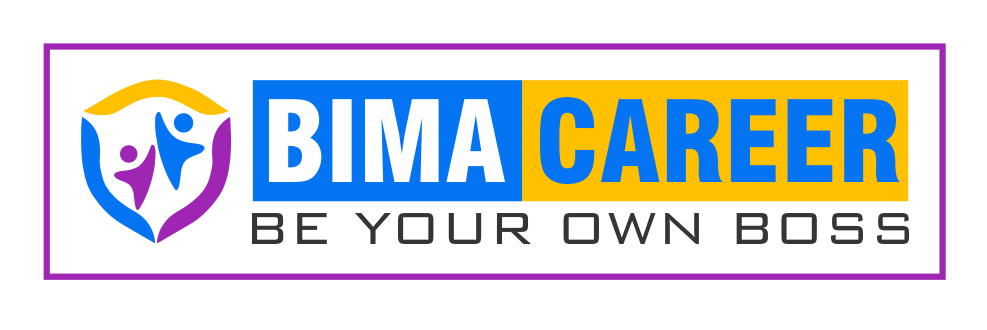In March, the Employees' Provident Fund Organisation (EPFO) announced that members can withdraw money from their EPF corpus to tide over financial emergencies caused due to the coronavirus-induced lockdown. Since then lakhs of people have submitted their requests to withdraw money from their EPF accounts. While money has been credited to the bank accounts of many such people, there are others whose claims have been rejected.
Members have taken to the EPFO's various social media pages to know why their claims have been rejected.
Withdrawals from EPF, requested due to coronavirus-related emergency or for any other reason, can get rejected for various reasons. Once you have filed a claim for withdrawing money from your EPF account, the EPFO will verify the details as mentioned in the claim with its records and also whether your claim satisfies the requisite conditions, before disbursing the amount.
If the details do not match with the EPFO records, then your claim request might get rejected. Given below are five reasons why your EPF withdrawal claim can get rejected and what you should do to avoid the rejection of a claim.
- Incorrect bank details
EPFO, on its official Twitter handle, has asked members to ensure that bank details in EPFO records are correct and the account is linked to UAN. (UAN stands for Universal Account Number.)
Further, the IFSC mentioned in the EPFO records should be correct. If you have given the wrong IFSC, it will delay the credit.
One can check the bank details registered in the EPFO records by logging into their account on the Member e-Sewa portal in the 'KYC' section under the 'Manage' tab. If the bank account or IFSC is wrong, then you will be required to correct the details. Once the correct details are updated in EPFO records, it has to be mandatorily verified by your employer as well.
While filing your EPF withdrawal claim online, you are required to provide the scanned copy of cheque of the bank account which is registered in the EPFO records. Ensure that the scanned copy of the cheque is clear and visible.
- Incomplete KYC
An EPF member can log in to his/her Member e-Sewa account to check if the KYC is complete and verified. Raote says, "Even if the documents related to KYC are submitted by you, your employer will be required to verify them before EPFO verifies them and updates it in their records."
It is also necessary to provide PAN to the EPFO for final PF settlement in case the service period is less than five years.
- Incorrect date of birth
Recently, through a circular issued on April 3, the EPFO eased norms for correcting date of birth in the EPFO records and thereby linking of UAN with Aadhaar. As per the circular, EPF members can now correct their date of birth up to plus-minus three years instead of one year earlier.
- Non-linking of UAN with Aadhaar
There are four ways to link your UAN or your EPF account with your Aadhaar. You can use any of these methods as per your convenience.
Also Read: How to link UAN with Aadhaar
- Non-completion of conditions
Making a claim due to COVID-19 related emergency does not require such a waiting period nor are there such conditions required to be met. Raote says, "As a part of the COVID measure to ease hardships, all employees are allowed to get a non-refundable withdrawal to the extent of the basic wages and dearness allowances for three months or up to 75 per cent of the amount standing to your credit in the EPF account, whichever is less."
However, if the EPF withdrawal claim is filed due to any other reason such as job loss, marriage etc. then there are additional conditions that must be met.
Raote says, "If the claim is filed after leaving the job, then one must ensure that the claim is filed after one month of the last contribution date. Only 75 per cent of the amount lying in the PF account can be withdrawn. Also, the exit date must be updated in the EPFO database." Similarly, if you want to withdraw from your EPF account to buy a house, then ensure that you have completed 5 years of service.
Therefore, one must ensure that other conditions, where applicable, are met while filing the claim.
